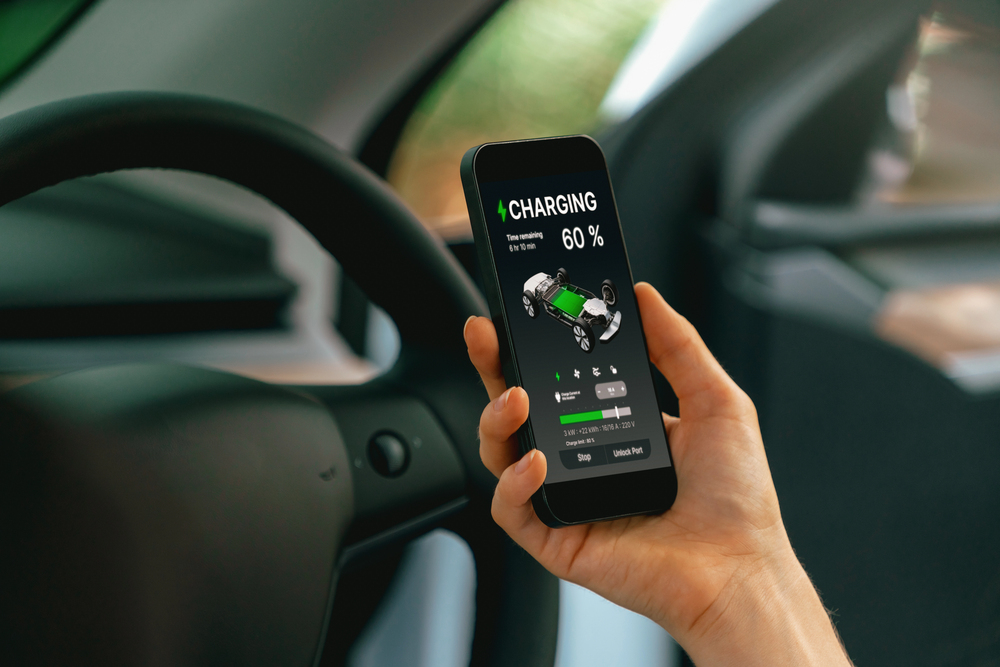- Staff
- #1
- Joined
- Oct 21, 2006
- Messages
- 48,075
- Reaction score
- 32,180
- Location
- Edmonton/Sherwood Park
- Website
- www.bumpertobumper.ca
November 7, 2024
Adam Malik

A recent breakthrough could mean that electric vehicle wireless charging could be just around the corner.
The American Society of Mechanical Engineers reported that the Oak Ridge National Laboratory (ORNL) and Volkswagen successfully demonstrated the first-ever 270-kilowatt (kW) wireless power transfer system, opening the door to EV charging without the need for physical cables.
The 270 kW of power represents the highest wireless charging power ever achieved and could play a key role in shaping the future of EV infrastructure. The success of the project is part of ongoing efforts to improve the convenience and efficiency of EV charging, eliminating the need for cables and plugs.
The system uses a resonant inductive coupling technology, which transfers energy from a coil in the ground to another coil embedded in the vehicle. In addition to high power transfer, the system boasts an impressive 98 per cent efficiency rate, making it nearly as efficient as wired chargers.
According to ORNL, this technology has the potential to drastically reduce charging times, especially for larger EVs such as trucks and buses, without the hassle of handling bulky charging equipment.
“Reaching this level of wireless power transfer represents a huge leap forward,” Madhu Sudhan, principal investigator of the project at ORNL told the society. “This technology could transform EV charging, making it more convenient and accessible for everyday use while maintaining high efficiency.”
Wireless charging could offer significant advantages in the EV industry. It could remove one of the largest barriers to adoption — the inconvenience of physically plugging in vehicles — particularly in urban environments where space is limited and conventional charging stations can be cumbersome.
The American Society of Mechanical Engineers reported that further development will focus on ensuring that the system is scalable for mass production and compatible with various EV models. While significant advancements have been made, widespread adoption of wireless charging will require further standardization across the industry.
In the future, wireless charging systems like the one developed by ORNL and Volkswagen could be installed in parking garages, streets or highways, allowing vehicles to charge automatically without human intervention. This would not only be more convenient for consumers but could also support autonomous vehicles, which may not require manual charging at all.
Are we close to wireless EV charging?
Electric Vehicles, Industry Trends, Vehicle TechnologyAdam Malik

A recent breakthrough could mean that electric vehicle wireless charging could be just around the corner.
The American Society of Mechanical Engineers reported that the Oak Ridge National Laboratory (ORNL) and Volkswagen successfully demonstrated the first-ever 270-kilowatt (kW) wireless power transfer system, opening the door to EV charging without the need for physical cables.
The 270 kW of power represents the highest wireless charging power ever achieved and could play a key role in shaping the future of EV infrastructure. The success of the project is part of ongoing efforts to improve the convenience and efficiency of EV charging, eliminating the need for cables and plugs.
The system uses a resonant inductive coupling technology, which transfers energy from a coil in the ground to another coil embedded in the vehicle. In addition to high power transfer, the system boasts an impressive 98 per cent efficiency rate, making it nearly as efficient as wired chargers.
According to ORNL, this technology has the potential to drastically reduce charging times, especially for larger EVs such as trucks and buses, without the hassle of handling bulky charging equipment.
“Reaching this level of wireless power transfer represents a huge leap forward,” Madhu Sudhan, principal investigator of the project at ORNL told the society. “This technology could transform EV charging, making it more convenient and accessible for everyday use while maintaining high efficiency.”
Wireless charging could offer significant advantages in the EV industry. It could remove one of the largest barriers to adoption — the inconvenience of physically plugging in vehicles — particularly in urban environments where space is limited and conventional charging stations can be cumbersome.
The American Society of Mechanical Engineers reported that further development will focus on ensuring that the system is scalable for mass production and compatible with various EV models. While significant advancements have been made, widespread adoption of wireless charging will require further standardization across the industry.
In the future, wireless charging systems like the one developed by ORNL and Volkswagen could be installed in parking garages, streets or highways, allowing vehicles to charge automatically without human intervention. This would not only be more convenient for consumers but could also support autonomous vehicles, which may not require manual charging at all.



